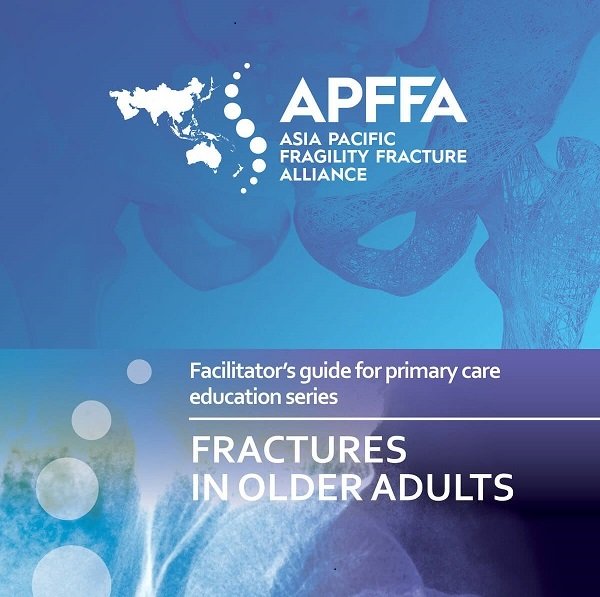
Photo Credit: Biospectrum Asia
The Asia Pacific Fragility Fracture Alliance (APFFA) on 28 September 2020 launched a comprehensive educational toolkit designed to arm primary care physicians (PCPs) with practical resources to aid the identification, assessment and ongoing management of those at risk of fractures, and thereby improve the safety and quality of patient care.
The APFFA PCP Education Toolkit contains a host of materials and templates to enable the planning and execution of two, one-hour-long, PCP workshops highlighting the growing burden of fractures, identifying patients at high risk of fracture, and reinforcing the importance of secondary fracture prevention.
According to past President of the International Society of Clinical Densitometry and APFFA Education Working Group Chair, Professor Robert Blank, Sydney, the PCP Education Toolkit recognises the critical role PCPs can play in reducing the burden of osteoporotic fractures.
“Currently, a concerning 70-85 per cent of patients presenting to their PCP or hospital with a minimal trauma fracture, are neither assessed for osteoporosis, nor appropriately managed, to prevent further fractures.”
Osteoporosis accounts for nearly nine million fractures each year, worldwide, noting more than 200 million people are currently living with the disease.6 More than 1.1 million hip fractures were estimated to have occurred in China, Chinese Taipei, Hong Kong SAR, India, Japan, Malaysia, Singapore, South Korea and Thailand, respectively in 2018. By 2050, the number of hip fractures are projected to more than double, to exceed 2.5 million cases per annum.
According to Geriatrician and Gerontologist and APFFA co-Chair, Prof Derrick Chan, Taiwan, The PCP Toolkit materials emphasise how fractures in older adults compromise mobility, independence and quality of life. Furthermore, the Toolkit reinforces that the incidence of a fracture is sufficient to diagnose osteoporosis, regardless of a patient’s bone mineral density (BMD).
“Some examples of practical tips available in the PCP Education Toolkit that can be used to bolster osteoporosis diagnoses in the primary care setting include identifying signs of vertebral fracture in older patients by documenting height loss, increases in thoracic spine kyphotic curve, unexplained episodes of back pain, and thoroughly assessing the spine on routine chest X-rays,”4 Prof Chan said.
The PCP Education Toolkit features recommendations to enable osteoporosis to be given more attention in clinical practice settings. Assets in the toolkit include a facilitator’s guide, workshop presentations and agendas, template invitations and promotional emails for distribution to prospective participants.
At the completion of each workshop, each participant will receive a certificate of completion courtesy of the APFFA Education Working Group.
Download the APFFA PCP Education Toolkit : www.apfracturealliance.org/education-toolkit/




